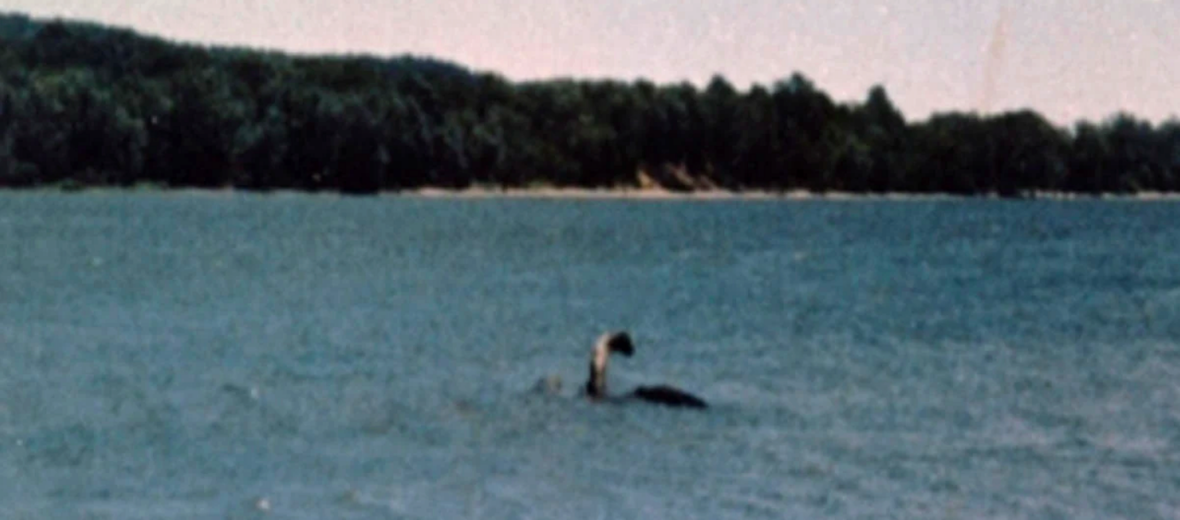
The legend of Champ hails from the Northeastern United States region. More specifically New York and Vermont. Legend has it that in Lake Champlain, there dwells a mythical beast that utilizes the lake as its home. Lake Champlain is a 125+ mile long lake that extends up into the southern part of Quebec, Canada as well. Is it real? Is it a fake? You be the judge. Read on and don’t forget to comment and share.
First the Stats…
Scientific name: Onyarius fakidae
Weight: Up to 1,500+ lbs.
Length: Up to 20 feet
Lifespan: Unknown
Now on to the Facts!
1.) Another nickname for this beast is Champy.
2.) There have been over 300 reported sightings of Champy over the years.
3.) The French cartographer Samuel de Champlain, who founded Quebec and who the lake is named after is credited for being the first European to have witnessed Champy back in 1609.
4.) Champy is described as a reptile-looking beast, with a barrel-shaped body, and a face like a horse.
5.) Champlain described several species of fish in the lake, but 1 in particular stood out.
But wait, there’s more on the Champ!
6.) He described 1 sighting as follows, “I saw some 5 feet long, which were as large as my thigh; the head being as big as my 2 fists, with a snout 2.5 feet long, and a double row of very sharp and dangerous teeth. Its body is, in shape, very much like that of a pike; but it is armed with scales so strong that a poniard could not pierce them. Its color is silver-gray.”
7.) In 1878 translation of his journals later clarified that Chaoufaou was referring to gar or pike, specifically Lepisosteus osseus – the longnose gar.
Did you know…?
The legend originated from the Mohawk Indians, who called the creature Onyare’kowa.
8.) Back in 1819, an article in the Plattsburgh Republican, entitled “Cape Ann Serpent on Lake Champlain”, reported that 1 “Capt. Crum” sighted an enormous serpentine monster in the lake.
9.) Then in 1883, Sheriff Nathan H. Mooney claimed that he had seen a water serpent measuring about 30 feet in length.
10.) Champ even captured the interest of the legendary P. T. Barnum, and in 1873 and again in 1887, the famous showman offered rewards for anyone who could bring him proof of the monster.
But wait, there’s still more on the Champ!
11.) In 1977, Sandra Mansi snapped a picture that looked to be of Champ. However, a creature alleged to be of Champy’s size couldn’t possibly have been at that part of the lake, seeing as the water there was only about 14 feet deep, so the monster couldn’t have swam, much less hid there.
12.) The book The Untold Story of Champ by Robert E. Bartholomew, later revealed that the original photo was sent to Philip Reines, a nautical expert at the State University of New York at Plattsburgh, so he could study and possibly authenticate it.
Did you know…?
Echolocation or the use thereof is not known to exist in any documented creature in Lake Champlain.
13.) It was later dismissed as Sandra Mansi threw away the negative and could not accurately describe where the sighting had taken place.
14.) A video taken by fishermen Dick Affolter and his stepson Pete Bodette in the summer of 2005 revealed a possible plesiosaur-like beast. But later FBI examination of the video determined that there was no evidence of an animal or animal-like creature.
15.) The recording of sounds from within the lake by the Fauna Communications Research Institute in 2003, working as part of a Discovery Channel program heard sounds not unlike that produced by beluga whales or even dolphins.
But wait, there’s still a tad more on the Champ!
16.) Cryptozoologists Katy Elizabeth and Dennis Hall suggested in 2016 that “Champ” could possibly be a member of the Crocodylidae family.
17.) Researcher Scott Mardis described that the tracks were most likely made from a large snapping turtle and he also states that the longnose gar or the lake sturgeon is a more probable candidate for Champ.
18.) The village of Port Henry, New York, has built a giant model of Champ and also holds “Champ Day” on the first Saturday of every August to celebrate the cryptid’s possible existence.
19.) The legend of Champ has become a revenue-generating attraction as well.
20.) In 2022, it was discovered that a feature film entitled Lucy and the Lake Monster, was in production about a young orphan girl and her grandfather looking for Champ. It is set to air in theaters and stream on Netflix.
21.) Is Champ a myth or reality. It’s up to you to decide.
Now a Short Champ Video!
Be sure to share & comment below! Also, check out the Critter Science YouTube channel. Videos added regularly!
Want to suggest a critter for me to write about? Let me know here.
Some source material acquired from: Wikipedia
Photo credit: Fandom



